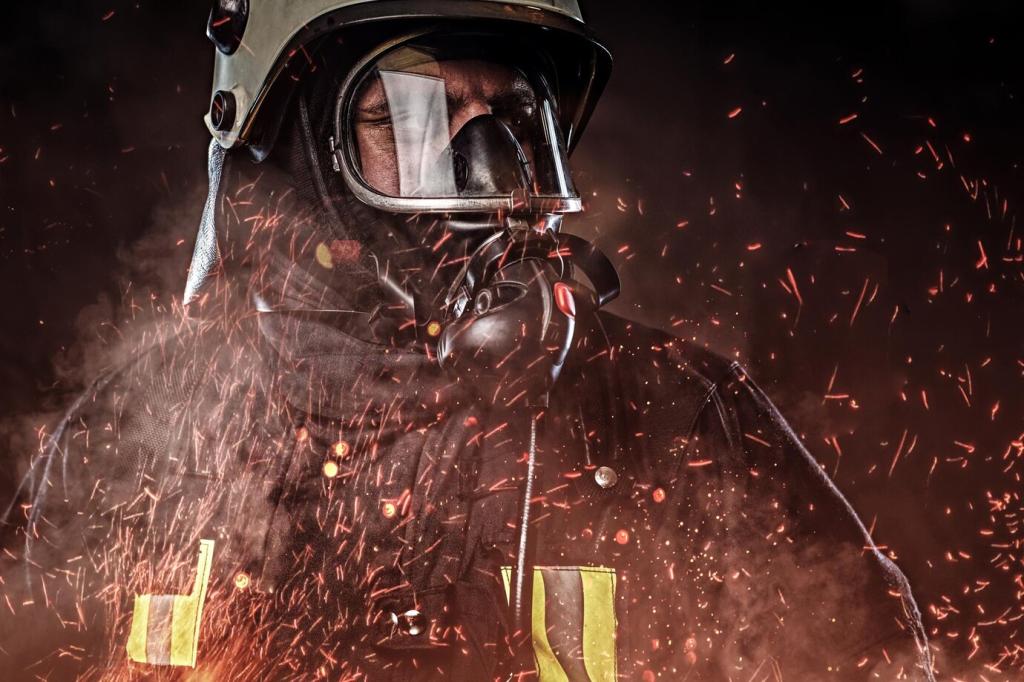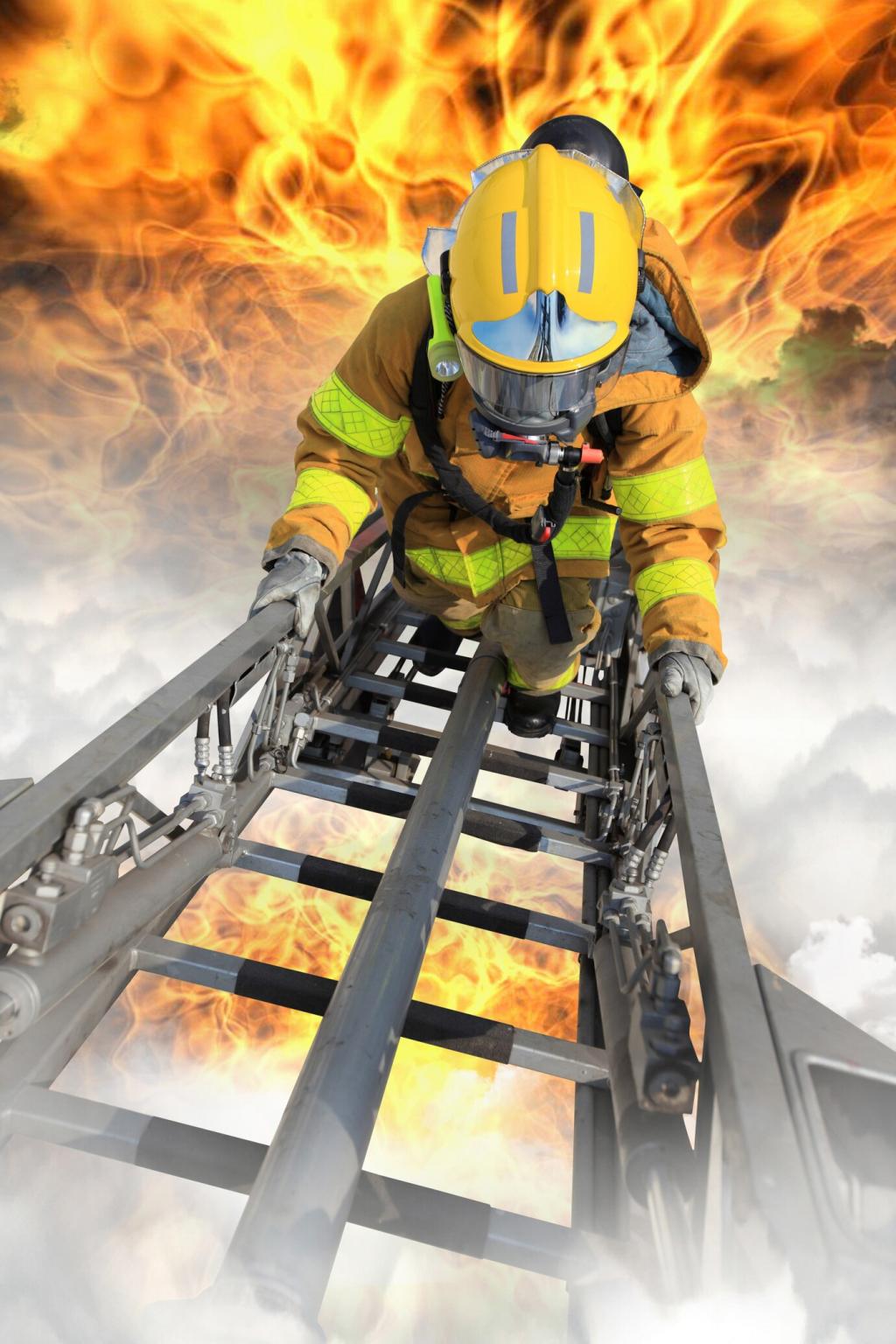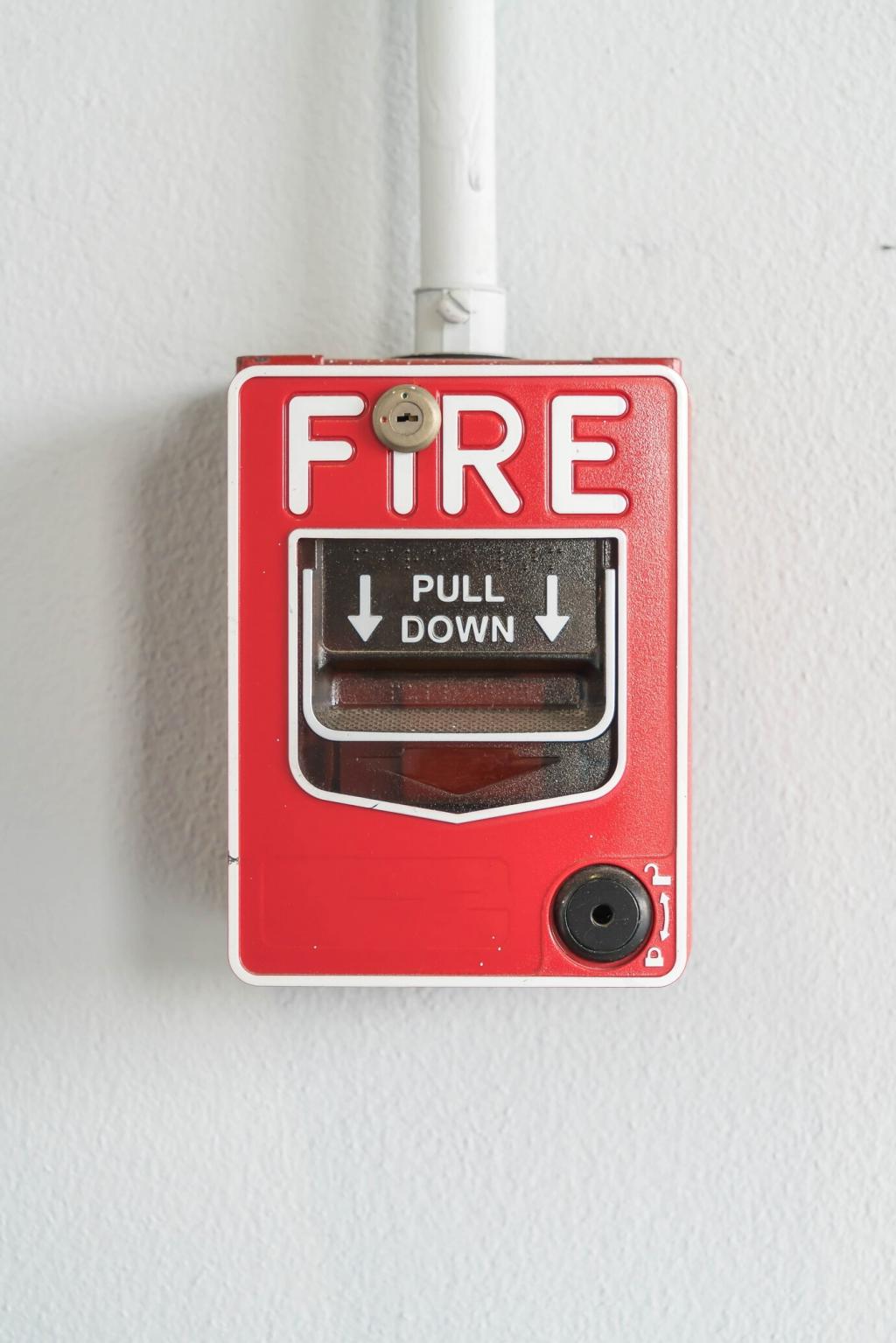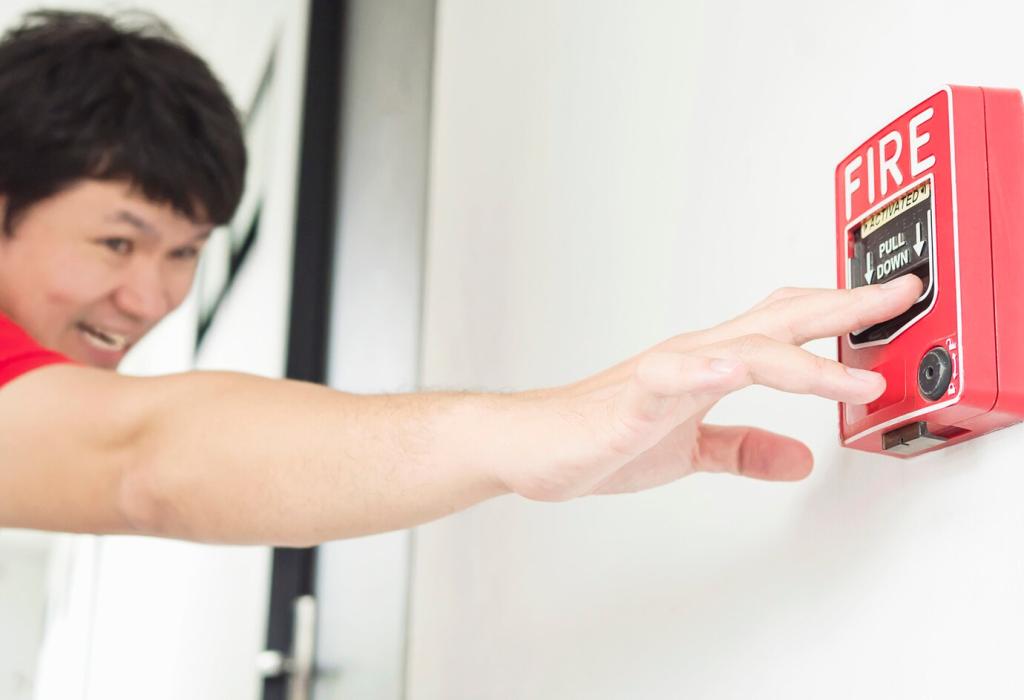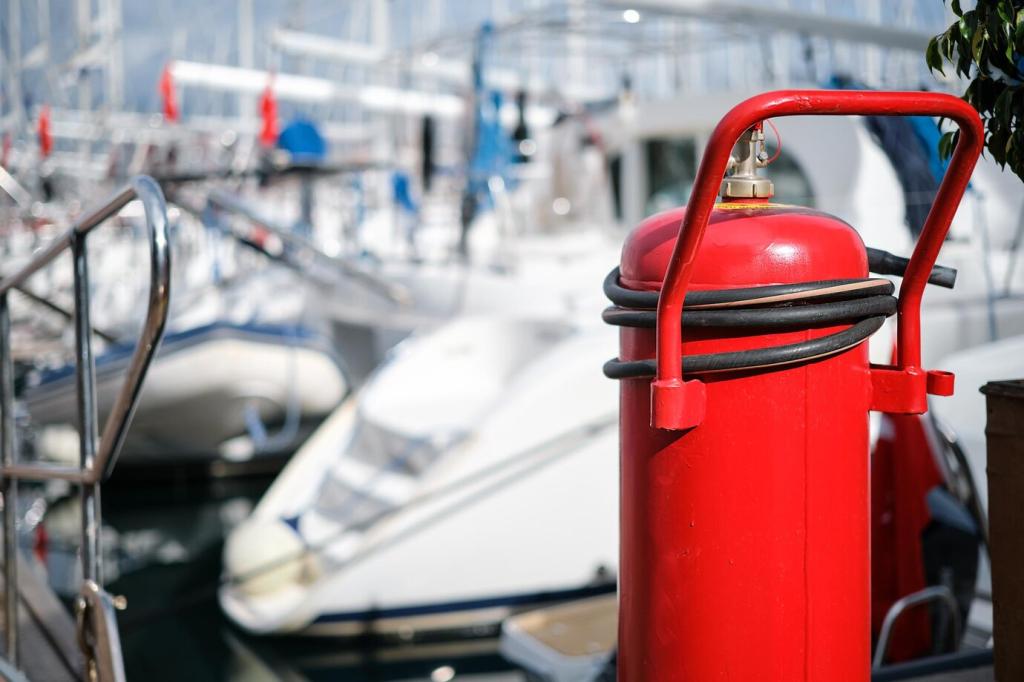Tools, Materials, and Resource Reuse
Battery-powered saws, brush cutters, and electric chippers reduce noise and emissions, lowering wildlife stress and community disruption. Hand tools still matter: loppers, pulaskis, and silky saws offer surgical control. Choosing the right tool for each stem protects bark, avoids compaction, and preserves the site’s biological integrity.
Tools, Materials, and Resource Reuse
Convert trimmed material into chips for erosion control, logs for habitat features set away from travel lines, and biochar that boosts soil health. Each pathway captures carbon and reduces disposal transport. A smarter materials loop keeps the firebreak effective while enhancing ecological function season after season.

